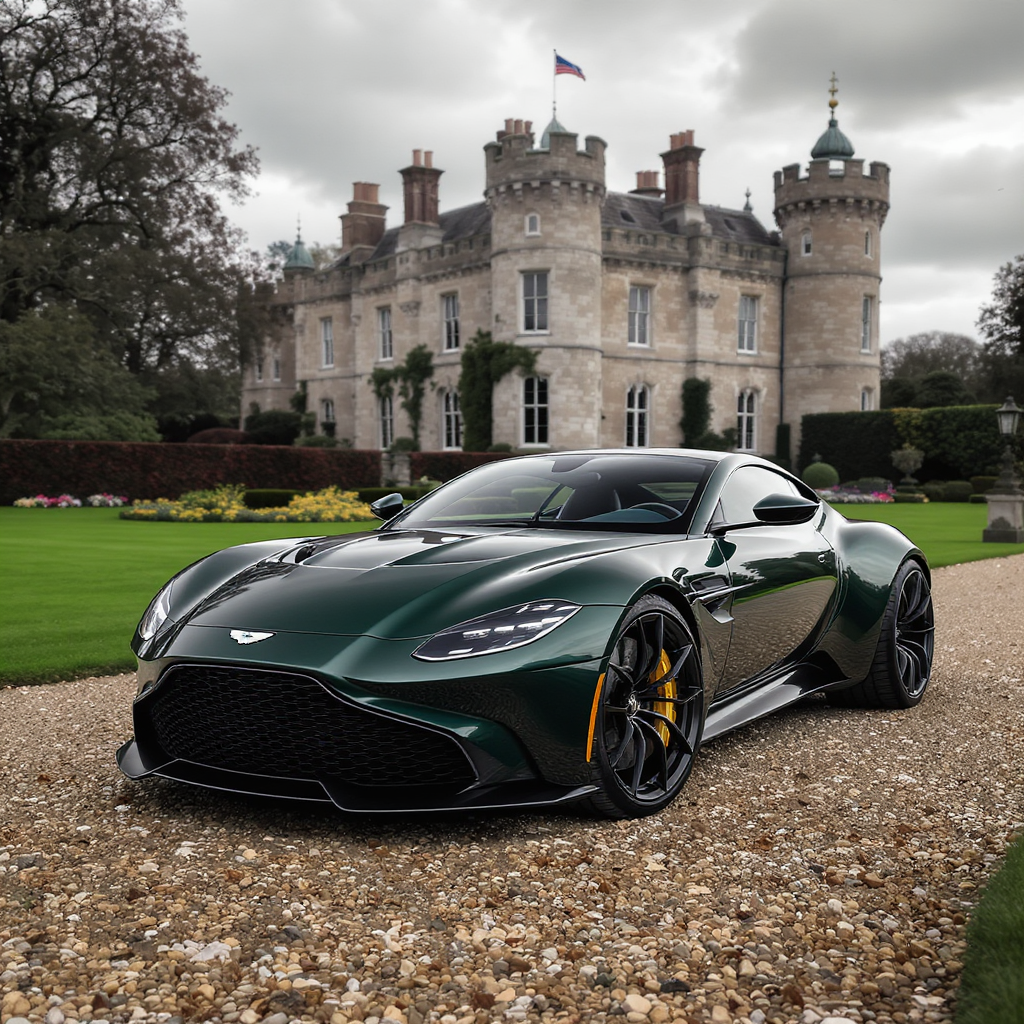
Japan’s Super Formula has spent the past year sharpening its edge as the quickest spec single-seater championship in the world, pairing Dallara’s SF23 with fierce Toyota–Honda engine competition and a driver roster that keeps global talent scouts watching. The narrative arc has been defined by Ritomo Miyata’s 2023 title, Tomoki Nojiri’s sustained front-running form after back-to-back crowns in 2021 and 2022, and the ripple effect from Liam Lawson’s standout 2023 stint that amplified international attention. With stable regulations into 2024, the series has delivered tightly packed qualifying sessions, strategic variability, and race outcomes that reward precision as much as outright pace. What follows is a concise, fact-checked recap of the key headlines and results context that have framed Super Formula’s recent months, and why they matter to the wider open-wheel ecosystem.

Formula 1’s past year has been defined as much by governance as by lap time, with cost control maturing, sprint formats refined, and the 2026 technical revolution moving from sketches to signed-off concepts. Alongside that regulatory churn, the paddock has navigated visible political friction between the FIA and Formula One Management, most notably over new-entry pathways. Taken together, these developments shape how teams spend, how cars will race, and how the championship will be run—issues that directly determine competition and credibility in the seasons ahead.








